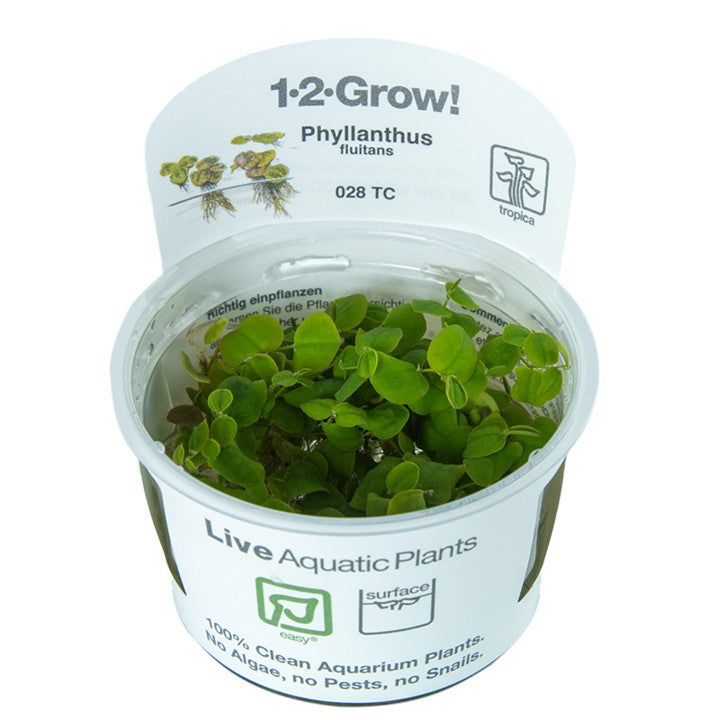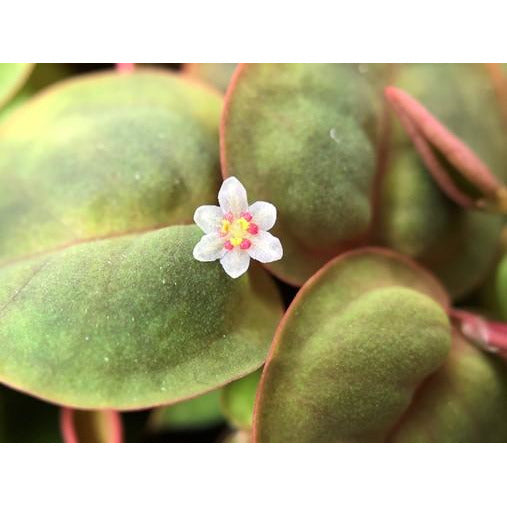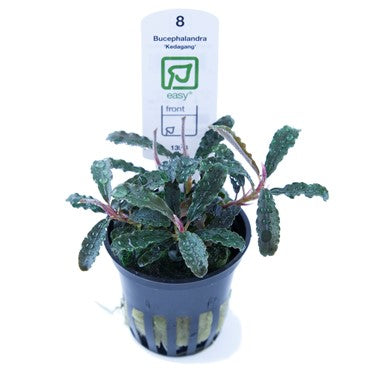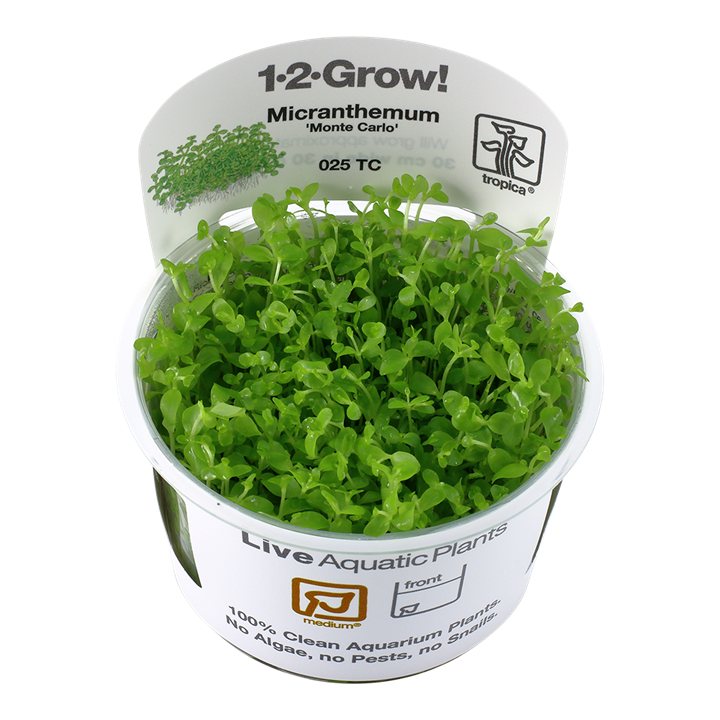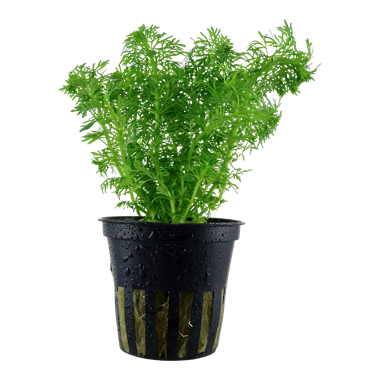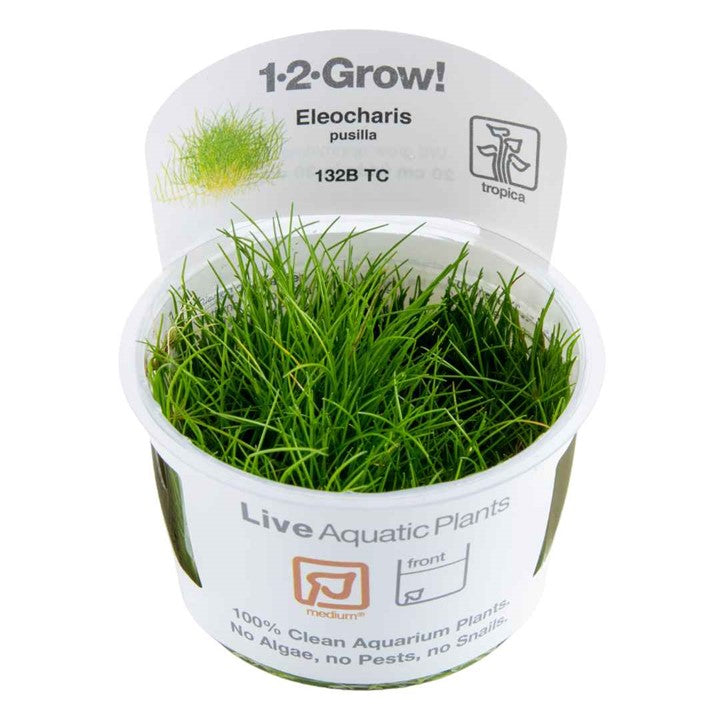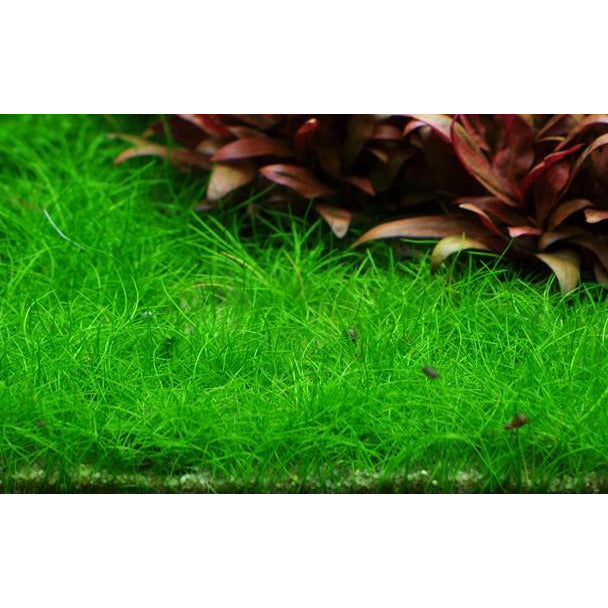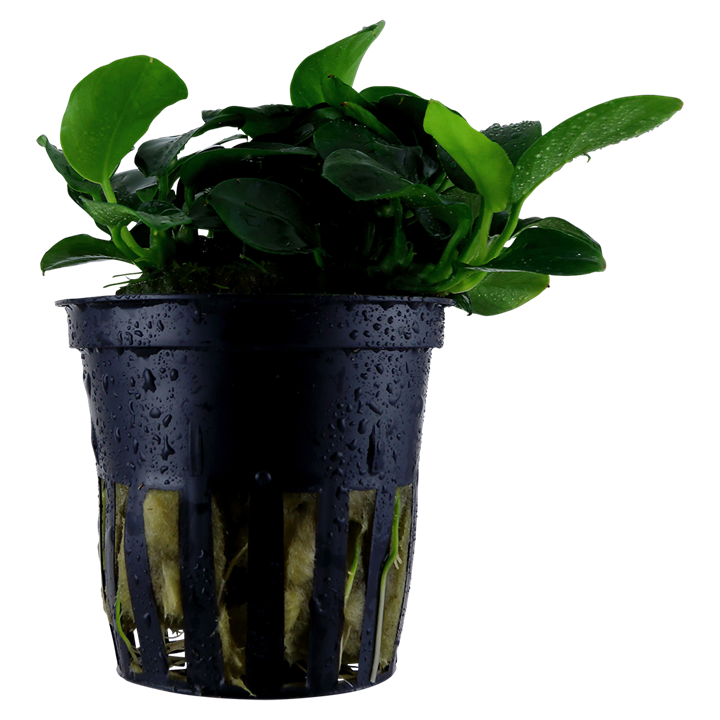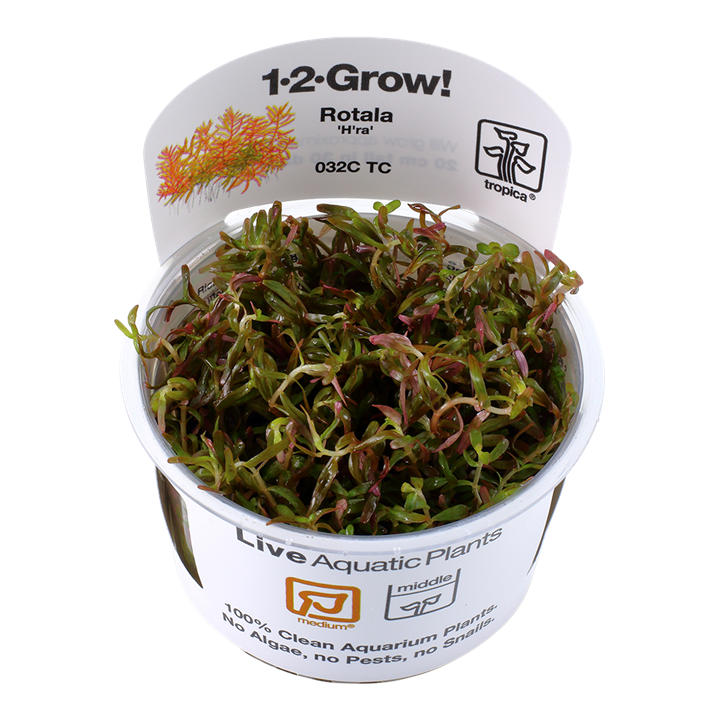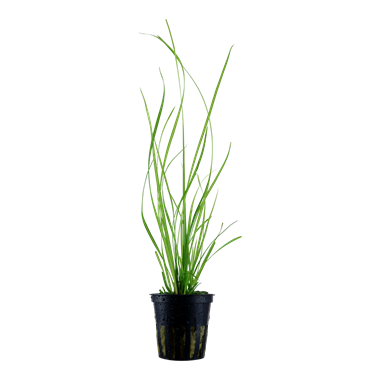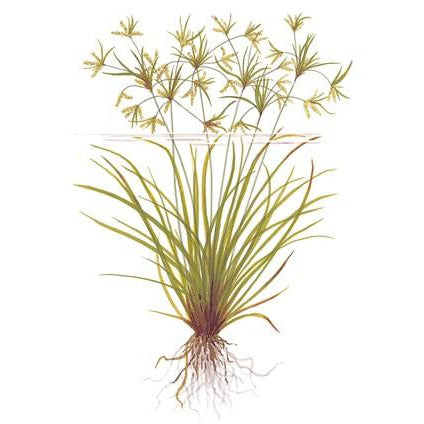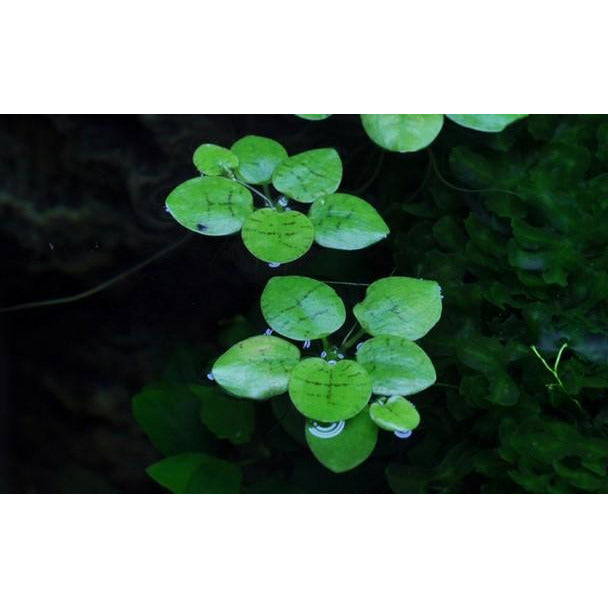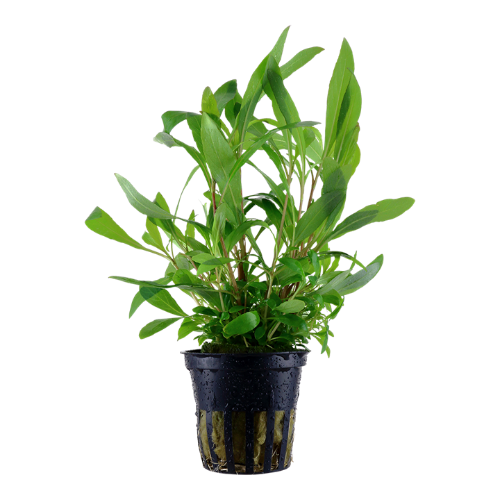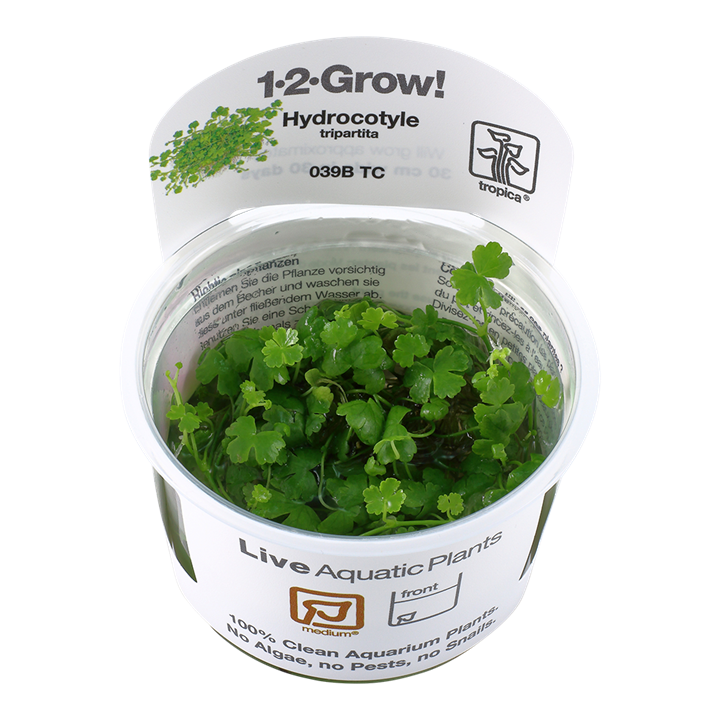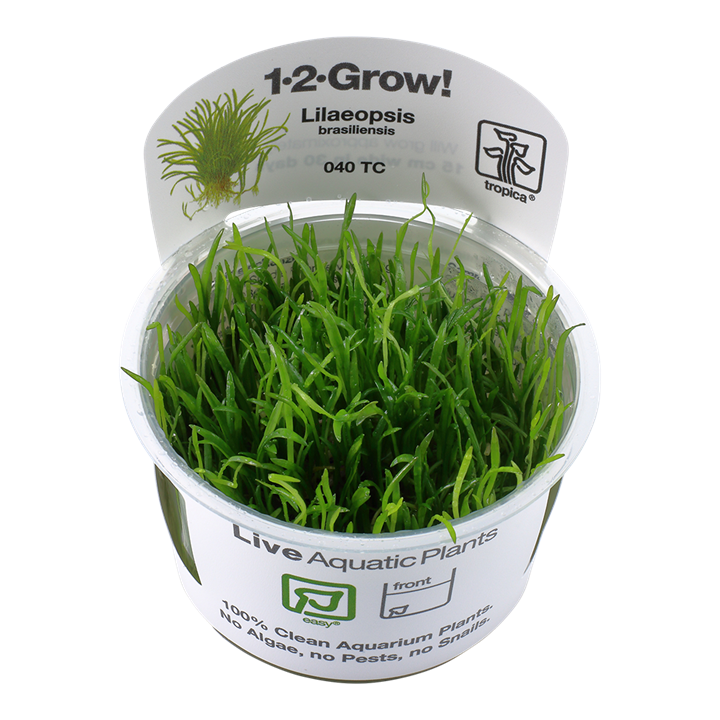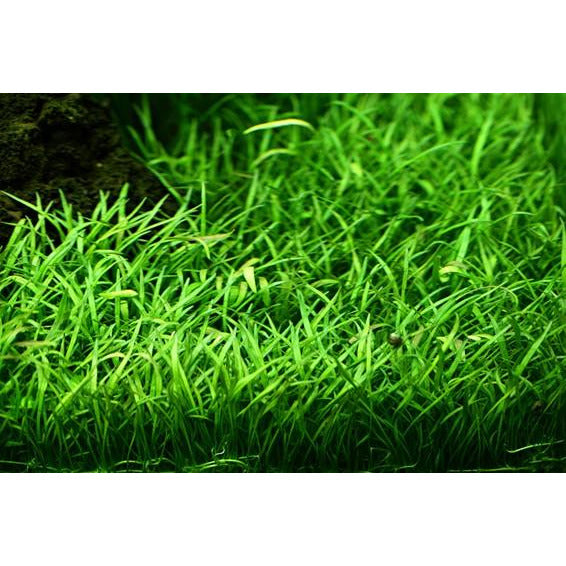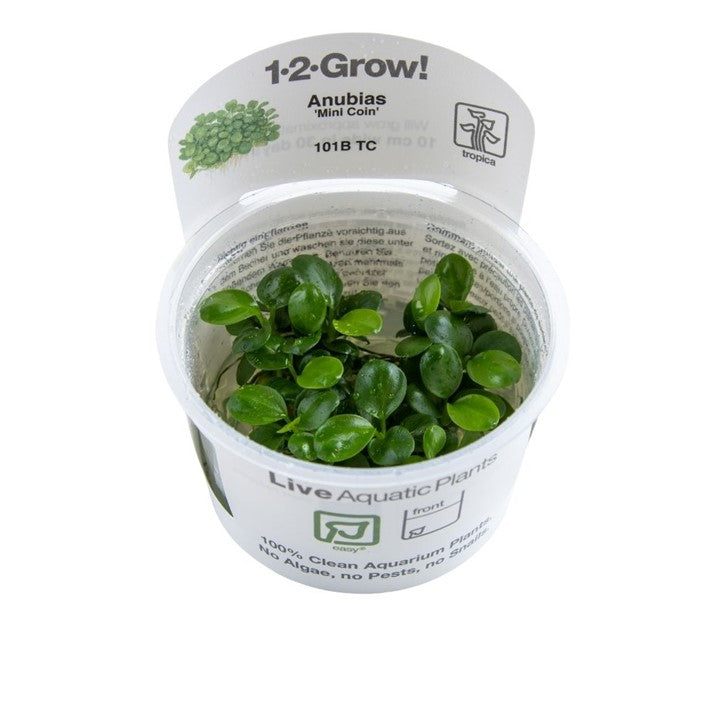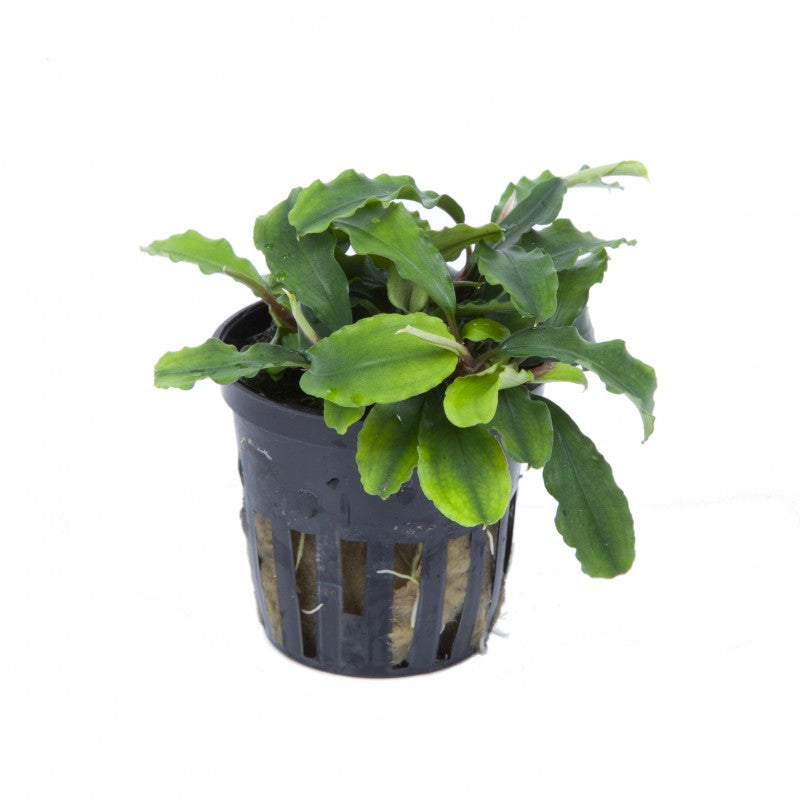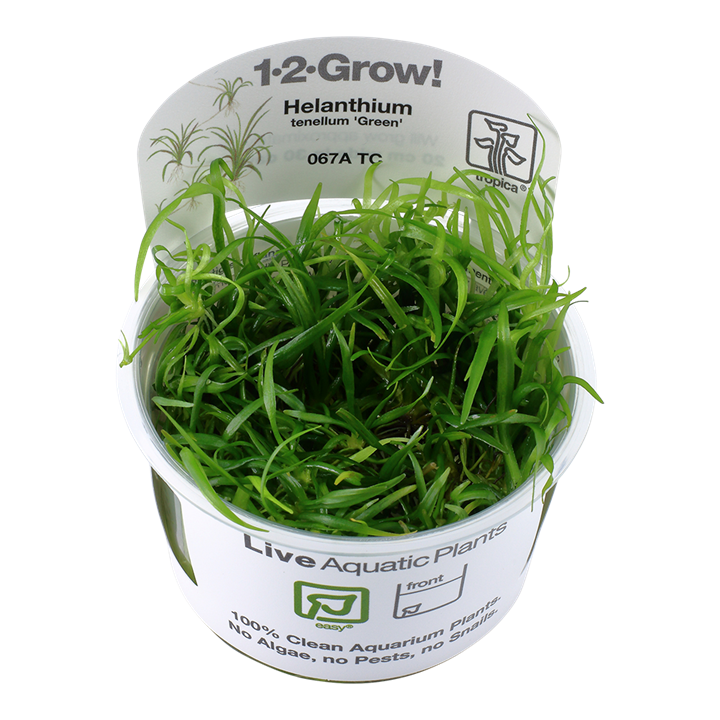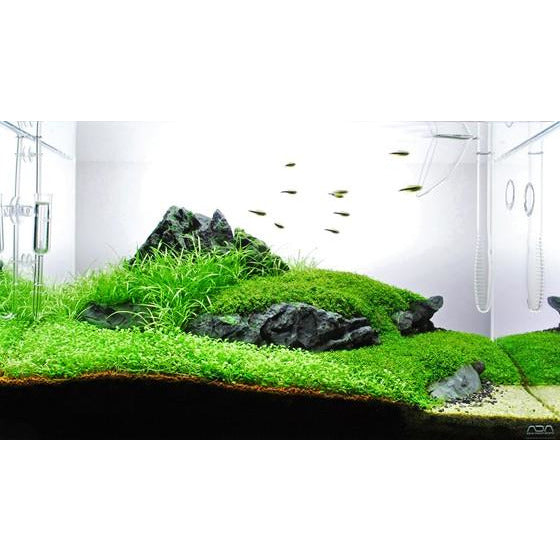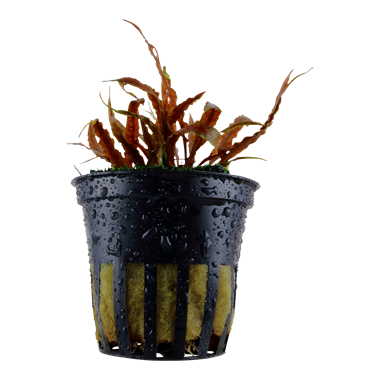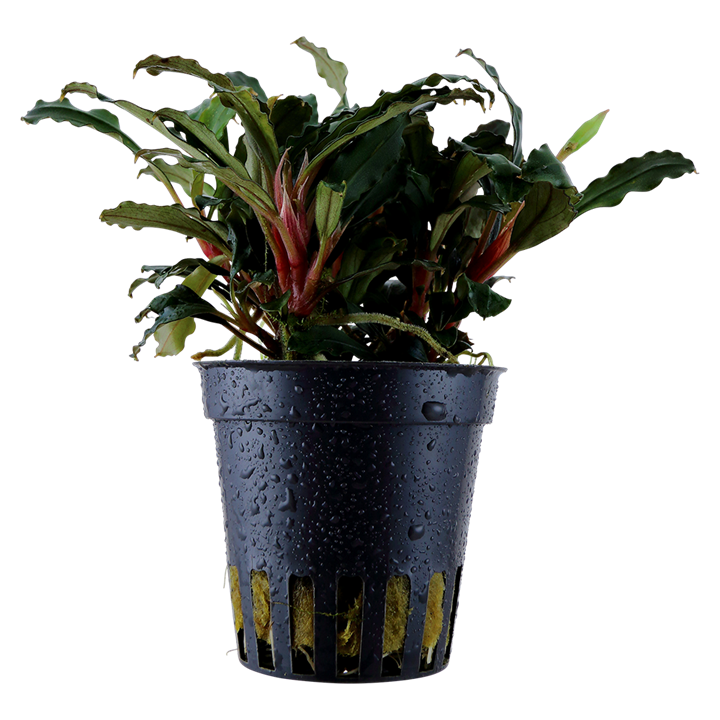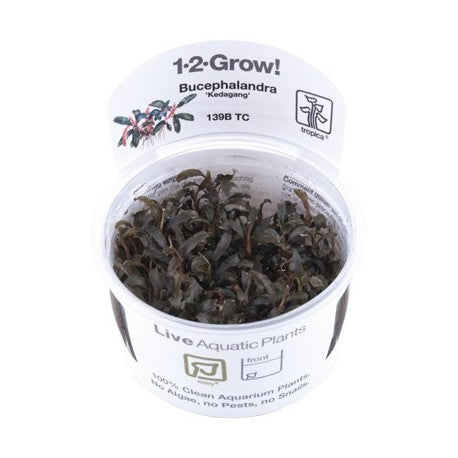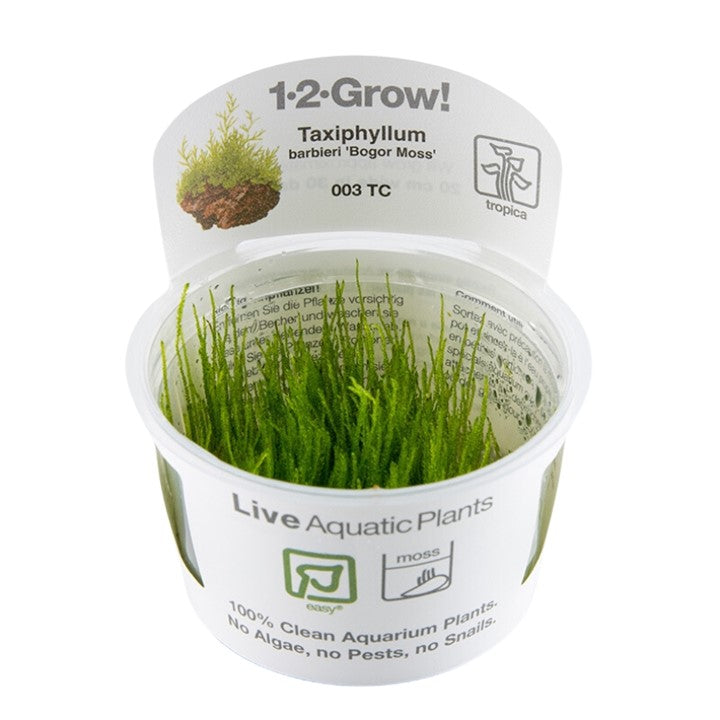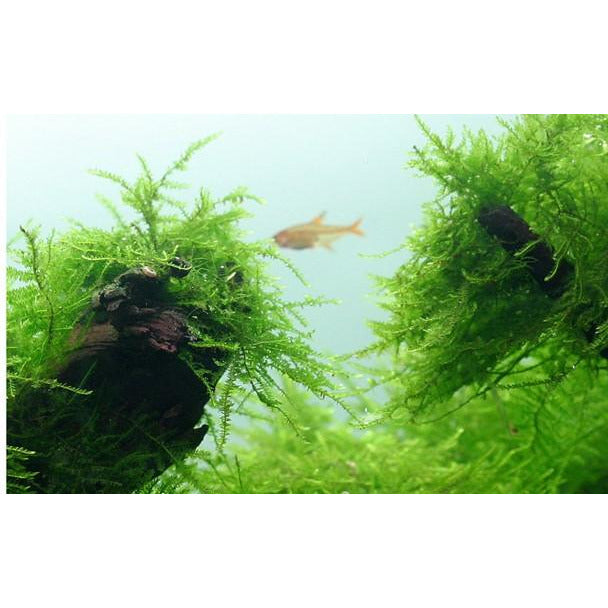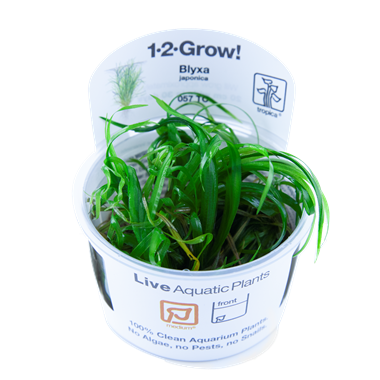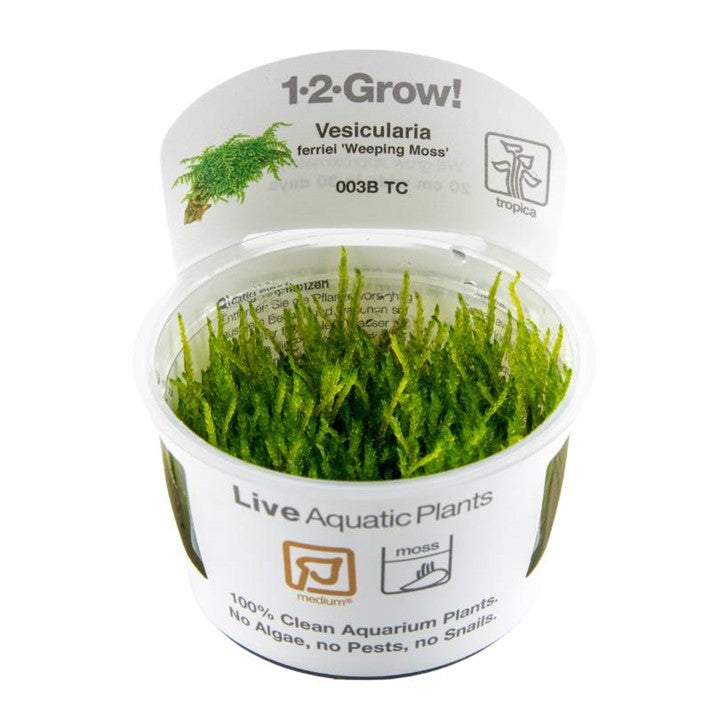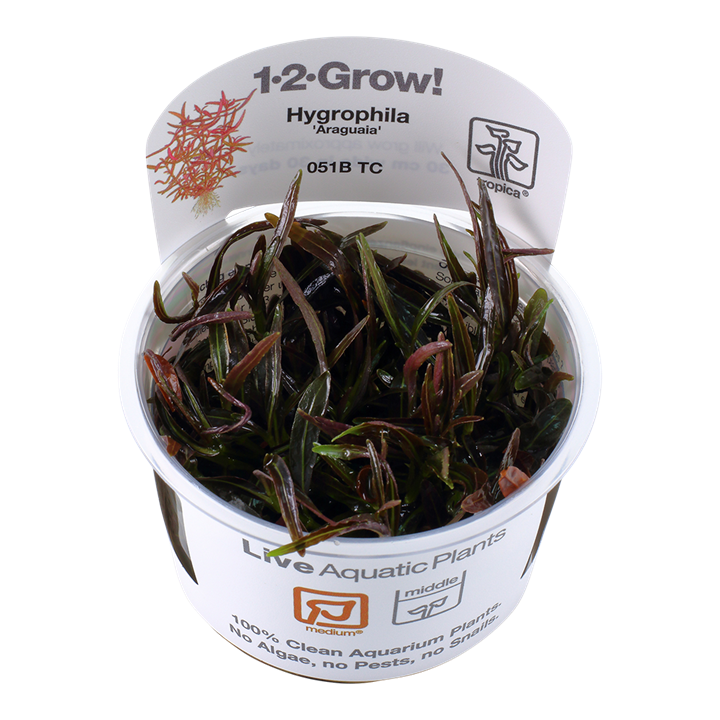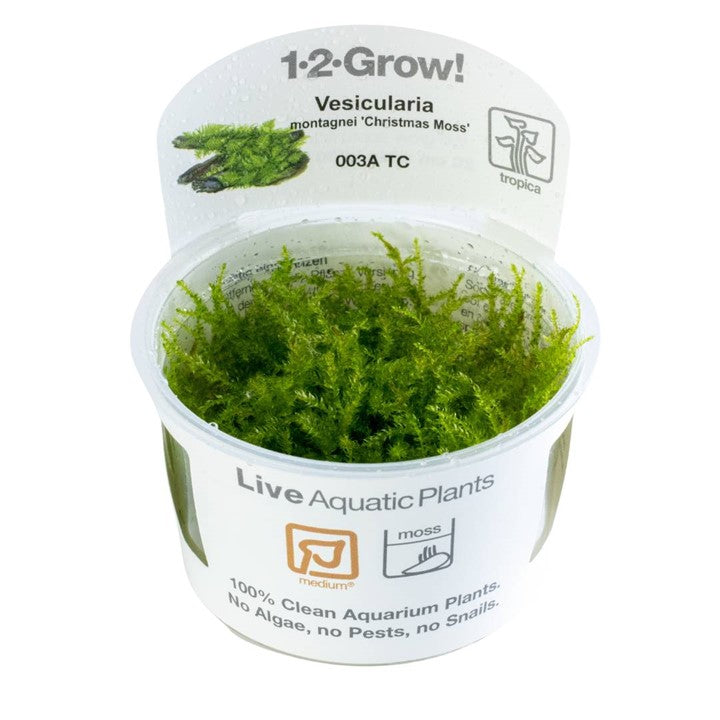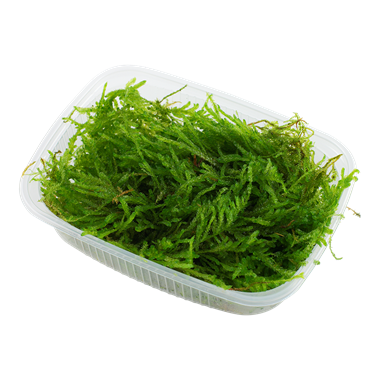
How to get Rid of Algae in your Aquarium

This Different Types of Algae in a Planted Aquarium and How to Get Rid of Each One
A guide to Fighting Algae
At Horizon Aquatics, we know that creating a stunning, thriving planted aquarium is a rewarding yet challenging journey. One of the most common hurdles you’ll face as an aquarium enthusiast is managing algae growth. Whilst in nature algae is a natural part of any aquatic ecosystem, in your home aquarium it can quickly become a nuisance if left unchecked or there is an imbalance, impacting the health of your plants and the overall beauty of your tank.
In this guide, we’ll explore the most common types of algae found in planted aquariums and provide you with actionable steps on how to prevent and treat each one. Our goal at Horizon Aquatics is to help you achieve a healthy, balanced aquarium where your plants and fish flourish, so let’s dive into the algae battle and get your tank looking its best!
1. Green Hair Algae (GHA)/Thread Algae/ Filamentous Algae
What It Looks Like: Green Hair Algae (GHA) can be identified by its long, whispy strands that grow in tufts or mats, attaching to plants, decorations, and substrate.

Causes: GHA often arises in tanks with excessive lighting, nitrate imbalance (too low or too high), high Phosphates or low CO2 levels. It thrives in aquariums where nutrients are out of balance, or water circulation is poor.
How to Get Rid of It:
- Manual Removal: You can use a soft brush or toothbrush to scrub GHA off plants and surfaces.
- Increase CO2: Providing adequate CO2 will help your plants outcompete algae for nutrients, reducing the growth of GHA.
- Reduce Light: Cut down your light duration to 6 hours per day or if you have a controllable light you can reduce the power percentage and opt for plants that require lower light levels. Once the algae is under control you can slowly start bringing your light levels back up.
- Add Algae Eaters: At Horizon Aquatics, we recommend Amano shrimp, nerite snails, and Otocinclus catfish for their natural ability to graze on algae.
2. Brown Diatom Algae
What It Looks Like: Brown Diatom Algae (diatoms) appears as a dusty, brown film that covers glass, plants, and decorations. It is commonly found in new aquariums or tanks that haven’t yet stabilised and will often disappear through our heavy maintenance in the early stages as the aquarium matures.

Causes: Diatom algae flourish in newly set up aquariums or excess silicates. It’s especially common in newly set-up tanks, usually due to ammonia or phosphates being the trigger.
How to Get Rid of It:
- Water Changes: Regular water changes and manual removal will help remove silicates and reduce nutrient buildup.
- Add Bacteria: Adding bacteria to your new aquarium will help mature the aquarium quicker by speeding up the process of good bacteria growth in your aquarium filter Bio media
- Add Algae Eaters: We recommend Amano Shrimp as they’re excellent at cleaning diatom algae from your tank.
3. Green Spot Algae (GSA)
What It Looks Like: Green Spot Algae (GSA) appears as small, dark green spots on glass, leaves, and decorations. GSA is tough to remove without the right tools and treatment.

Causes: GSA is commonly seen in aquariums with high light intensity or nutrient imbalances, especially phosphates.
How to Get Rid of It:
- Reduce Light: Lowering your light intensity and reducing the duration (6 hours per day) can help limit GSA growth. If you have a controllable light you can reduce the overall power of the aquarium lighting.
- Add Phosphates: If you have already tried reducing your light and have given it a few weeks but still have excess green spot algae on your plants, this could be that there actually is not enough phosphates in your aquarium, you can up your fertiliser dosage if using a all-in-one, however this would increase other nutrients too which could cause other algae issues. You can buy Phosphate on it's own, such as Seachem Phosphorous and dose this along side your usual fertiliser without increasing other elements.
- Manual Scraping: Use an aquarium algae scraper to remove the algae from your glass and hard surfaces.
- Add Algae Eaters: Nerite snails are a good algae eater for GSA. They’re a great addition to your tank for algae control. We recommend the Clithon snails in particular as they are small and greedy, they also tend to produce less waste than other nerite species due to their small size.
4. Black Beard Algae (BBA)
What It Looks Like: Black Beard Algae (BBA) appears as black, bushy, growth that attaches to plants, driftwood, and decorations. It’s tough to remove and can spread quickly.

Causes: BBA thrives in aquariums with low or fluctuating CO2 levels, poor water circulation and areas of high flow, and actually has very little to do with nutrient levels or lighting
How to Get Rid of It:
- Improve CO2 Injection: We recommend stabilising your CO2 levels to prevent BBA growth. Regular and consistent CO2 injection helps plants grow strong and healthy. Make sure Co2 levels are optimum and not running low as low CO2 levels can also encourage BBA Algae.
- Water Circulation: Use appropriate aquarium filtration for the size of your aquarium or adjust your filter outflow positioning to ensure good circulation throughout your tank.
- Considered positioning or hardscape and plants: Anything placed in direct flow of the outflow risks getting BBA
- Manual Removal: Scrub BBA off surfaces or use Liquid Carbon to spot treat the affected areas. Liquid Carbon is a 'liquid CO2' which can be used as a algaecide, such as Seachem Flourish Excel or APT Fix
-
Add Algae Eaters: Amano shrimp and Otocinclus may help, but they’re not as effective against BBA as other types of algae. The very best algae eater for BBA is the Siamese Algae Eater (SAE) these can grow large so are only suitable in larger aquascapes.
5. Cyanobacteria - Blue-Green Algae (BGA)
What It Looks Like: Blue-Green Algae (cyanobacteria) is a slimy, blue-green mat that often covers the substrate, decorations, and plants. It may have a foul odour and is commonly found in stagnant areas of the tank.
Causes: BGA thrives in aquariums with low oxygen levels, low nitrogen levels, low flow areas.
How to Get Rid of It:
- Improve Water Circulation: Check for 'dead' flow spots in the aquarium, as often it is found thriving where the flow cannot circulate.
- Add Nitrogen: If you are already fertilising your aquarium there may not be enough nitrates in your current fertiliser, you can add more by using Seachem
- Flourish Nitrogen into your schedule. It could also be caused if you fish stocks are low for the bio load of the aquarium as fish also produce nitrates through waste.
- Increase Oxygenation: Ensure your filtration is suitable for the size of your aquarium. You can also use a air pump with a air stone to increase oxygen levels in your aquarium, however plants need to be able to take in CO2 through the light period and oxygen only in the 'sleep' period when the lights are off, so if you choose to run a air pump only have it on when your CO2 and lights are OFF.
-
Antibiotic Treatment: In severe cases, Erythromycin can be used to treat BGA, though it should be applied with caution.
Algae eaters tend to avoid Cyanobacteria as it can be toxic
6. Staghorn Algae
What It Looks Like: Staghorn looks like thin grey brittle hairs that are anchored to the plant leaf or decor surface. When appearing on plants it is usually a sign of the plants being stressed, due to a new environment or poor growth due to unstable levels of nutrients/CO2.
How to Get Rid of It:
- Manual Removal: Trim away the badly affected leaves to encourage new healthy growth. With stem plants keep the healthy looking trimmings and replant.
- Regular Maintenance: Having a regular water change schedule will prevent this type of algae in newly planted aquariums it will help the plants adapt and root in quicker and in mature aquariums it will avoid spikes in ammonia and build up of organic waste. Also ensure equipment such as glass lily pipes are cleaned often enough to stop waste build up in these areas.
- CO2 Stability: Ensure your CO2 levels are stable and not fluctuating.
-
Spot Dose: You can spot dose this type of algae with a product like Seachem flourish Excel or APT Fix
Frequently Asked Questions About Algae Issues in the Aquarium
Q: Why does my planted aquarium keep getting algae?
A: Algae outbreaks usually happen because of an imbalance between light, nutrients, and CO₂. Too much light, unstable CO₂, poor water circulation, or excess nutrients can all trigger different types of algae. Regular maintenance, balanced fertilization, and proper lighting schedules help prevent algae problems.
Q: Is algae harmful to my fish and plants?
A: In small amounts, algae are natural and not harmful. However, if it spreads excessively, it can block light from reaching your plants, limit oxygen levels, and harm the overall balance of your tank. Some types, like Cyanobacteria, can even be toxic to fish and invertebrates.
Q: What eats algae in a planted aquarium?
A: Many algae-eating species can help manage algae naturally. Popular options include Amano shrimp, Otocinclus catfish, Siamese Algae Eaters (SAEs), Nerite snails, and Clithon snails. Each species tends to prefer certain types of algae, so it's important to match the algae eater to the type of algae you’re battling.
Q: How can I prevent algae from coming back after I clean it?
A: Prevention is key! Maintain stable CO₂ levels, ensure good water circulation, balance nutrients (especially nitrates, phosphates, and iron), and avoid excessive lighting. Consistent water changes and tank maintenance also play a major role in keeping algae at bay.
Q: Should I use chemicals to remove algae from my aquarium?
A: Chemical treatments like liquid carbon (e.g. Seachem Flourish Excel or APT Fix) can help spot-treat algae, especially stubborn types like Black Beard Algae. However, it’s best to address the root cause of the algae problem first to avoid relying solely on chemicals, which can sometimes stress fish and plants.
Conclusion:
Maintaining a Beautiful, Algae-Free Tank
At Horizon Aquatics, we understand the importance of maintaining a healthy, thriving planted aquarium. By identifying the types of algae that may invade your tank and using the right strategies to combat them, you can create a beautiful, algae-free environment for your plants, fish, and invertebrates.
We recommend focusing on preventive measures, including proper water circulation, consistent CO2 injection, and balanced nutrient levels. With a little patience and regular maintenance, you’ll soon see your plants thriving and algae under control.
Visit Horizon Aquatics for all your aquarium care needs, including algae-eating fish and planted aquarium supplies. Let us help you create the perfect aquatic environment!

Image of a ADA 45p Aquascape from our Horizon Aquatics gallery


